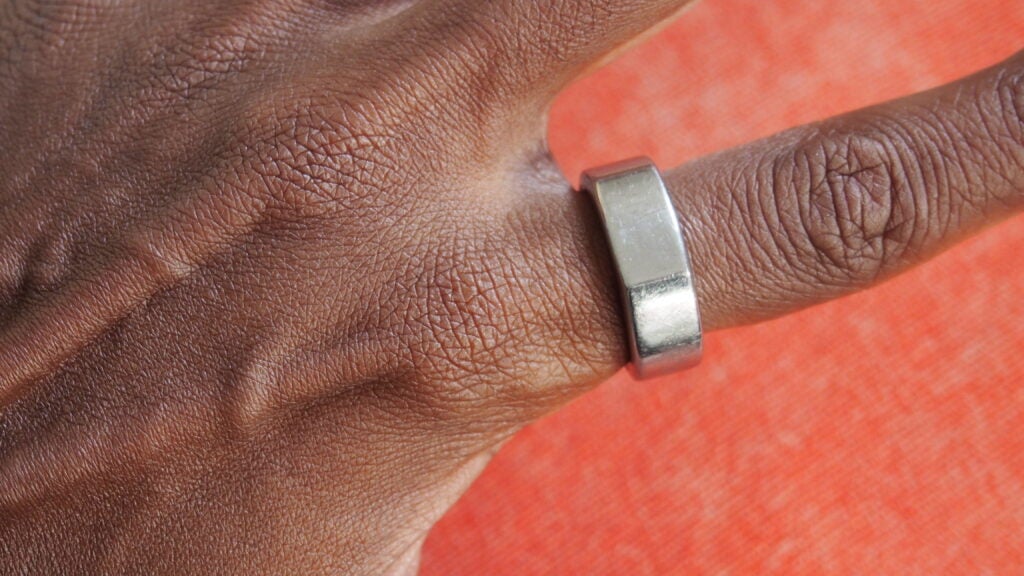If you’ve been thinking about investing in a wearable device to track your health, sleep and fitness, you’re most likely wavering between two options: a smartwatch or a smart ring.
Smart rings are still relatively new on the scene (compared to smartwatches, anyway), with big names being Oura, Ultrahuman, Circular, and more recently, Samsung. Meanwhile, some of our favourite smartwatches come from brands like Apple, TicWatch, Garmin, Withings, Fitbit, Samsung and Coros – and that isn’t even going into our best fitness trackers.
We’ve highlighted all the biggest differences to help you decide which wearable format is right for you.
Smart rings can be more comfortable
Smartwatches are an easy tech-savvy upgrade for anyone used to wearing a traditional wristwatch to keep an eye on the time. However, for those who don’t typically wear anything on their wrists, a smartwatch can feel bulky and out of place.
If you don’t like the feeling of a watch on your arm but would like to keep better track of your steps and health, a smart ring could be the answer. Not only are smart rings generally more comfortable, but they also usually weigh less and appear more discreet.


Smartwatches have screens
Another clear design difference between a smartwatch and a smart ring is that a smartwatch features a display.
This opens a watch up to more features, such as message notifications, maps, music streaming, third-party app integrations and, of course, showing the time.
Smart rings don’t have displays, meaning they generally work in conjunction with a smartphone app, collecting your health and fitness stats from your finger and allowing you to access them on your phone. This means you get a simpler, distraction-free wearable experience at the expense of the apps and features found on smartwatches.


Smartwatches can fit more sensors
Along with features, smartwatches can often fit more sensors.
For example, in Samsung’s case, the Galaxy Ring features an accelerometer, a temperature sensor and a PPG sensor – the same goes for the Oura Ring 3.
The Galaxy Watch 7 and Galaxy Watch Ultra, on the other hand, include accelerometers, temperature sensors, gyroscopes, barometers, ambient light sensors and compasses. The Apple Watch Series 9, meanwhile, packs electrical and optical heart sensors, a temperature sensor, a compass, an altimeter, an accelerometer, a gyroscope and an ambient light sensor.
Smart rings have longer battery lives
Finally, it’s worth considering battery the battery life of each wearable.
This will vary by brand, but smart rings generally have the advantage here as they’re smaller and don’t have a display to power. This means you’ll be able to track your health and sleep more consistently without taking breaks to charge the device.




